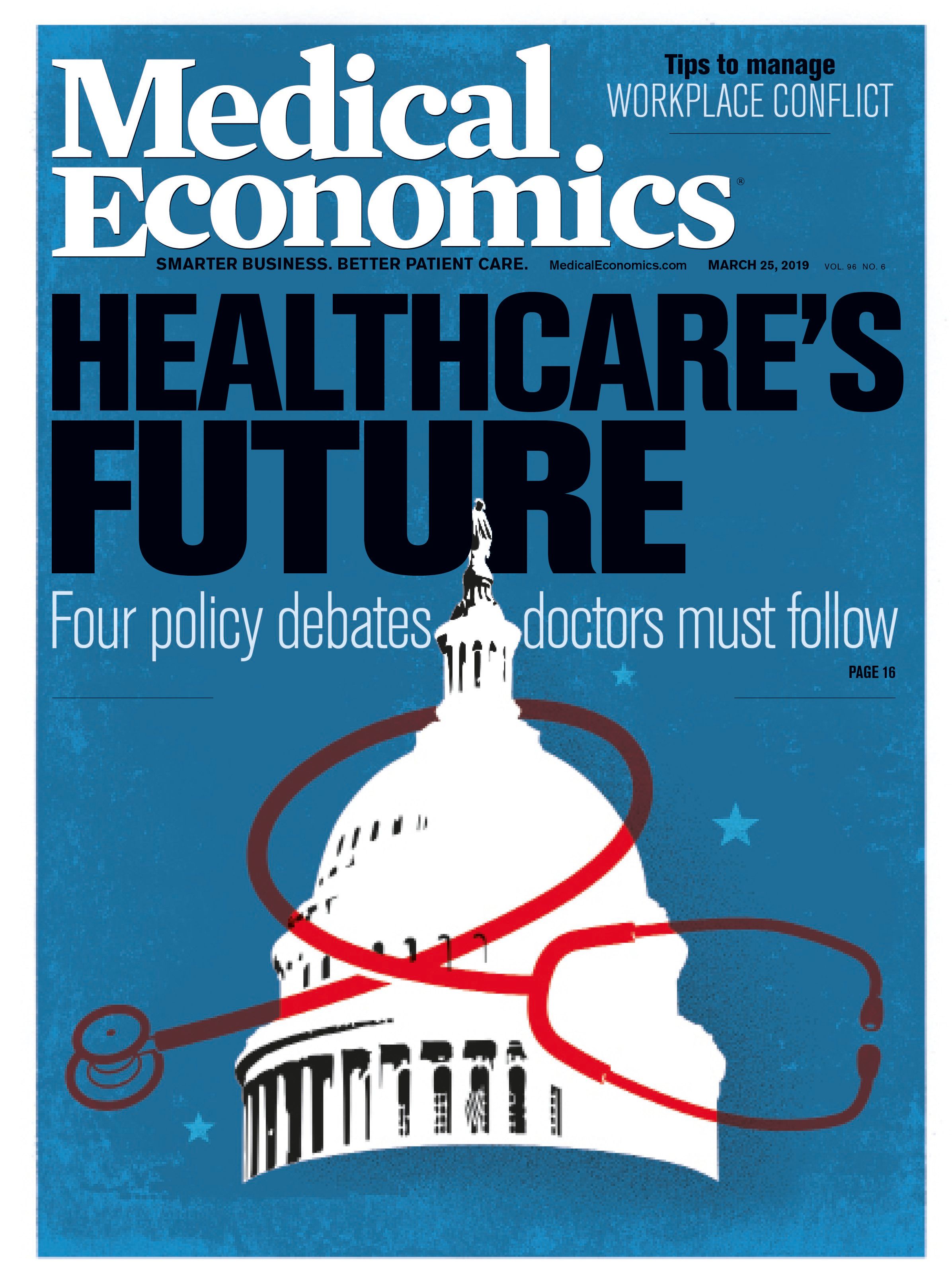Publication
Article
Medical Economics Journal
Your voice: Nurse practitioners rise because primary care has changed radically
Letters from our readers

Nurse practitioners rise because primary care has changed radically
I would like to respond to Dr. Dinklage’s opinion in your last issue. First, his statement: “It seems that everyone wants to be a doctor, but not everyone wants to go to medical school.” I would give anything for the opportunity to go to medical school. As the sole provider in my household, I cannot quit work and go to medical school. If there were an articulation program for nurse practitioners that would allow me to continue working full time to support my family, I would proudly go to medical school.
You are correct in the statement that our training is not the same as an MD. You did forget, however, that many of us spent countless hours of clinical time caring for critical patients and catching problems for the physicians that rounded for about 5 minutes on the patient. We learned to critically think. We learned pathophysiology, pharmacology, and differential diagnosis. I agree that some students lack a significant clinical experience, however, please do not generalize all of us into the same category.
From my current perspective, I am responsible for basically an internal medicine practice seeing 20 to 30 patients a day and diagnosing patients that have previously been seeing an MD who “did not listen to them” or ‘never put his hands on me.”
There are good and bad practitioners on both sides of this coin. It is sad that we do not get compensated for what we do and we do not receive the recognition or respect from administration or other providers. Many of us are very capable of ascertaining zebras from horses. Please do not judge all of us by the few that you have been in contact with.
Carrie Franzel, FNP
Bad Axe, Mich.
Just like with physicians, there are good and bad nurse practitioners
Keith Dinkage, MD, in his letter “Nurse practitioners are valuable members of the team-but they aren’t doctors” (January 25, 2019 issue) disapproves of nurse practitioners providing primary care because they are not doctors, but I disagree.
The scope of primary care has changed radically. Much of the training that primary care doctors receive has little relevance in primary care today. Most no longer see hospital or nursing home patients. Primary care doctors spend most of their days treating non-life threatening diseases and coordinating care with specialists. These are services that nurse practitioners are able to provide, a role supported by the National Academy of Medicine. Moreover, many states have already given them licenses to practice independently.
The shrinking scope of primary care, the increase in administrative tasks, insurers’ low fees and the pressure to see too many patients in order to make a decent living have made most medical students shun primary care. And who can blame them?
Less than 20% of American medical students enter primary care residencies. A national shortage of primary care doctors exists. Unless it is streamlined by simplifying the basic science curriculum and providing clinical training in community health centers, not hospitals, it will get worse because it takes about 11 years to train a primary care doctor.
In rural areas there will still be a need for primary care doctors who are broadly trained to do obstetrics, office orthopedics, even some surgery like appendectomies. They can get extra training to prepare them. But most primary care doctors live in areas where specialists are available to take care of these problems.
In the future primary care doctors’ training and scope of practice and that of nurse practitioners will be similar. Both groups may combine their training and result in a new classification called ‘primary care practitioner.”
Edward Volpintesta, MD
Bethel, Conn.






